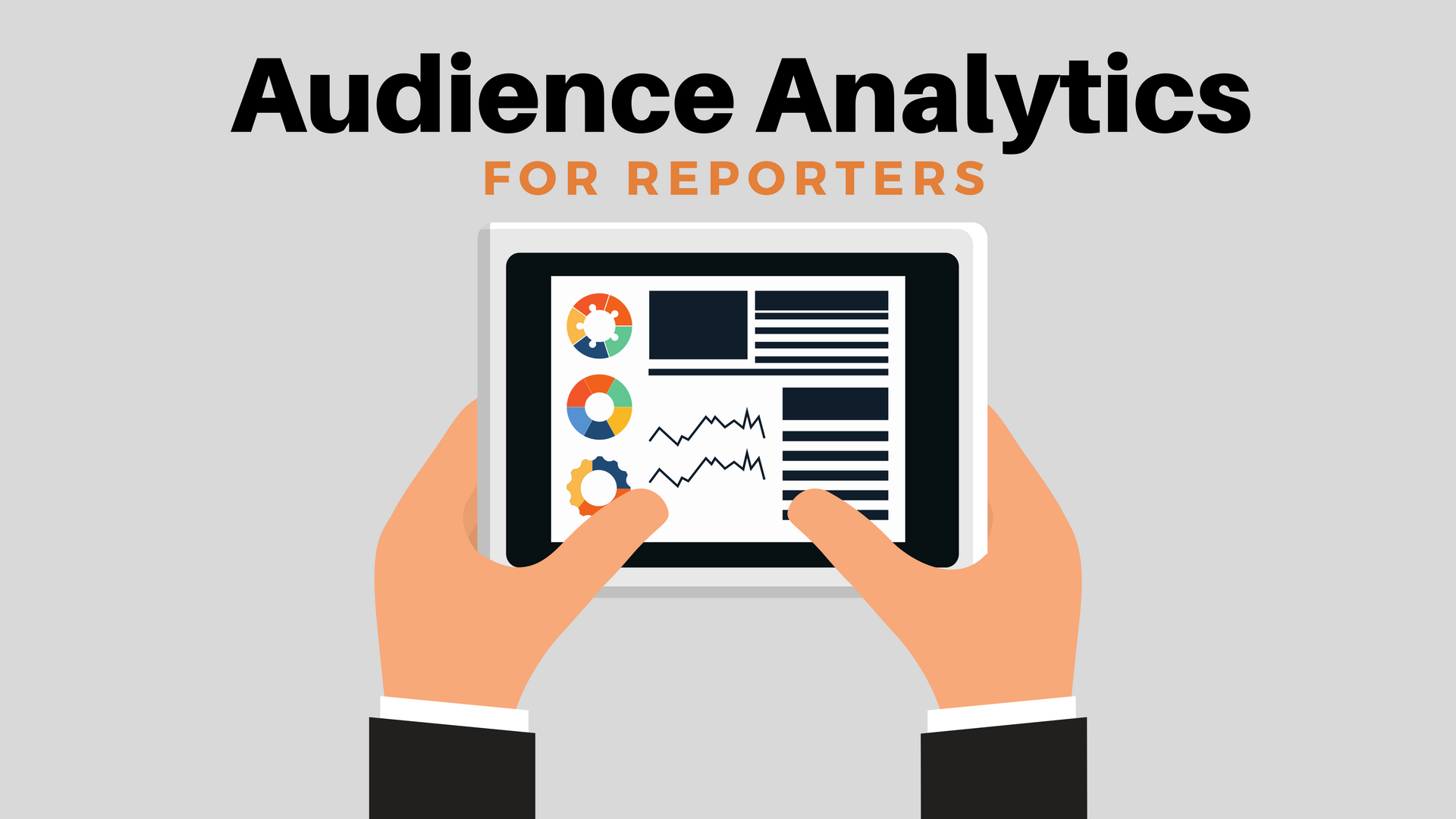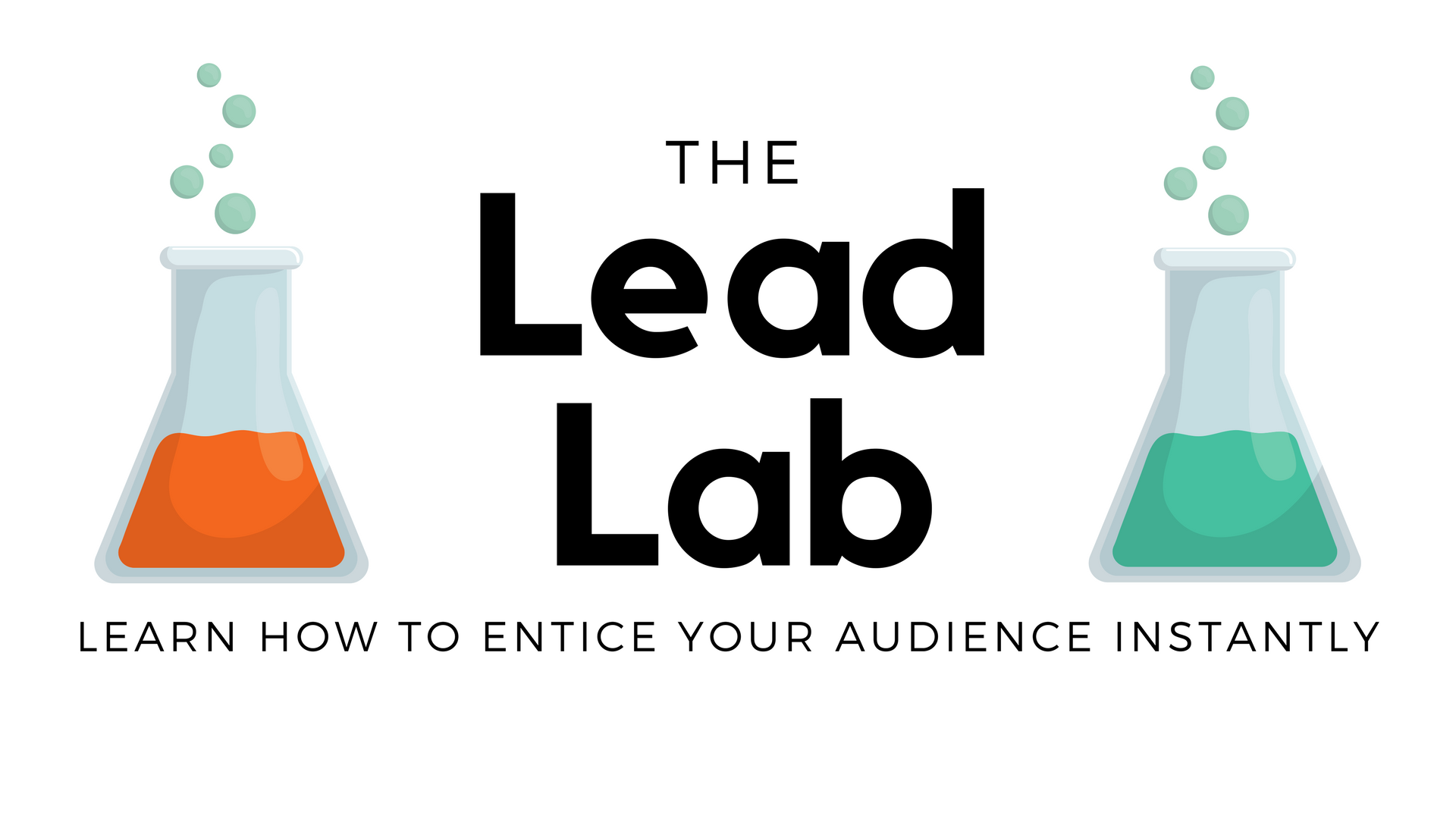Course summary
This course offers an introduction to audience analytics — metrics. Reporters can use metrics data to understand their audience better and to learn what content is working and what is not. This course offers tips for using basic analytics data to figure out what your audience wants more of, what to stop doing and how to integrate an analytics strategy into your busy schedule. The teaching is presented in a series of short videos
What will I learn
- Basics of analytics terminology
- Which metrics to look at and what they mean
- How to use analytics data to tweak content and headlines
- Why the same headline doesn’t work everywhere
- How to apply the knowledge of metrics to your daily job
- Where to go to learn more and keep up with changing metrics programs
Who should take this course
Print, online and broadcast journalists (including reporters, producers, editors, copy editors, designers, photojournalists, bloggers and social media users) working on varied beats, journalism students, educators, and general public. Anyone who is interested in being more effective on social media, in eblasts or in web publishing or wants to understand conversations about analytics and how to interpret them.
About self-directed courses
In a self-directed course, you can start and stop whenever you like, progressing entirely at your own pace and going back as many times as you want to review the material.
Questions?
We’d love to hear from you. Email us at info@newsu.org.
Instructors
Jill Nicholson
Jill Nicholson trains journalists around the would on turning metrics into action. But before that, she was a long-time Chartbeat user — curating a local news site in Westchester, NY. After starting her career as a page designer and copy editor for The Journal News, Jill moved to the digital desk of lohud.com in 2011. Over three years, she helped to transform loud into a innovative breaking news organization by building digital curation strategies and driving cultural change through metrics (and a lot of nagging).
Joy Mayer
Joy Mayer, an engagement strategist, focuses on the evolving notion of audience engagement in journalism — how communicators can foster two-way conversations, collaborate with their communities and know who they’re serving and how well they’re doing it. She is a consulting fellow at the Reynolds Journalism and an adjunct faculty member at the Missouri School of Journalism and The Poynter Institute. During 13 years as an associate professor at MU, she created an engagement curriculum and a community outreach team in the Columbia Missourian newsroom and taught Web design and print design.
Benjamin Mullin
Benjamin Mullin is the digital media and advertising reporter at The Wall Street Journal. Before moving to WSJ Mullin worked as the managing editor at Poynter.org. In that capacity, he managed the best-read media blogs in the United States in addition to his work as a reporter, editor and audience development manager. He started at Poynter as a Google Journalism fellow in 2014; before that, he was a contributor to USA TODAY college, the editor in chief of his college newspaper and an intern at a variety of newspapers throughout Northern California.
John Schlander
John Schlander is managing editor at thepennyhoarder.com, recently named by Inc. Magazine as the 32nd fast-growing company in the nation. He started there in August 2016 after 32 years at the Tampa Bay Times, where he was digital general manager. He is also adjunct faculty at the Poynter Institute. He is the instructor for two online seminars: Using Analytics to Drive Your Mission and Web Headlines and SEO Essentials.
Ryan Kellet
Ryan Kellet focuses on growing Washington Post online audiences both broadly and deeply primarily via social media and search. Washingtonpost.com now has over 70 million unique visitors a month, putting it in the top five newspapers by digital traffic and top 50 digital media property in the United States, according to comScore.





